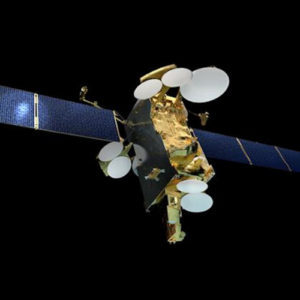
SES announced that it has successfully launched SES-12 to serve the Asia-Pacific and Middle East regions, increasing the capacity to provide connectivity for mobile, video, fixed data and government customers.
SES-12 was launched onboard a flight-proven SpaceX Falcon 9 rocket from Cape Canaveral in Florida, United States, at 00:45 local time on 3 June 2018. It will join SES-8 at 95 degrees East.
Designed with state-of-the-art wide beams and high throughput beams, SES-12 is the latest satellite that SES has launched to that orbital position, where it will operate under the authority of the Kingdom of the Netherlands. It will replace and augment the services currently being provided on SES’ NSS-6 satellite.
SES-12 and SES-8, together, will reach 18 million TV homes from its orbital position. The satellites will provide pay-TV operators with reliability and scalability to add more content and deliver increased picture quality to address the ever-increasing audience demand for High Definition (HD) and Ultra HD content.
“More content. More immersive viewing experience. Blazing internet speeds. Reliable cell coverage. All of these dynamic customer requirements can now be met with the successful launch of SES-12, which will provide incremental high performance capacity and offer greater reliability and flexibility to our customers,” said Martin Halliwell, Chief Technology Officer at SES
Like SES-14 and SES-15, which serve the Americas, the SES-12 high throughput payload is SES’ solution for enhancing connectivity in the aeronautical and maritime segments across Asia-Pacific and the Middle East. SES-12 will also be pivotal in enabling governments to provide connectivity programmes to bridge the digital divide, and in allowing telcos, mobile network operators and internet service providers to deliver more reliable cellular backhaul and faster broadband services.
SES-12 is one of the largest geostationary satellites that SES has launched to date. It has six wide beams and 72 high throughput user spot beams,. The spacecraft also has a Digital Transparent Processor (DTP) to increase payload flexibility to provide more customisable bandwidth solutions to customers.
The all-electric SES-12 spacecraft was built by Airbus Defence and Space, and will rely on electric propulsion for orbit raising and subsequent in-orbit manoeuvres. SES-12 will join SES’ network of seven geostationary satellites and 16 MEO satellites across Asia-Pacific and the Middle East.





